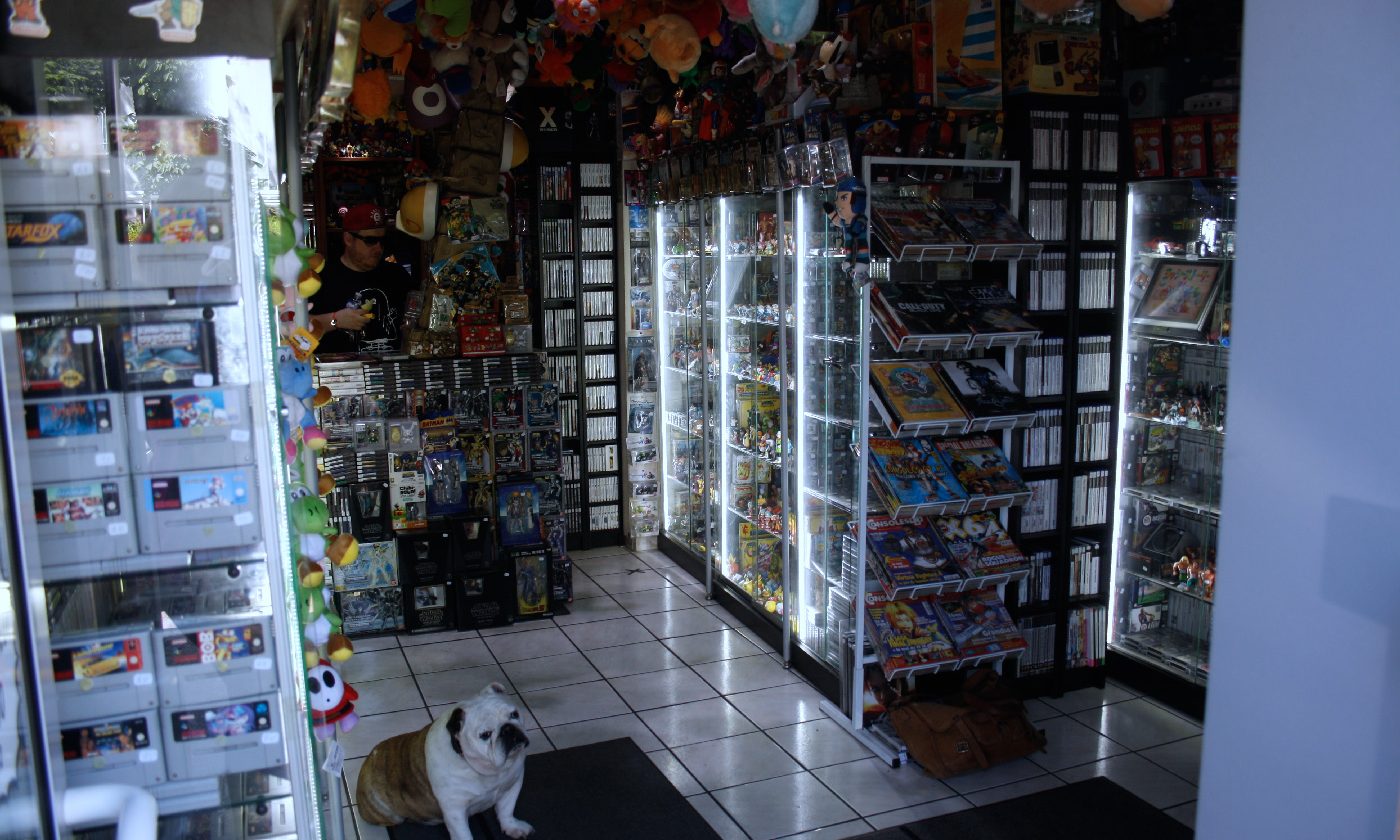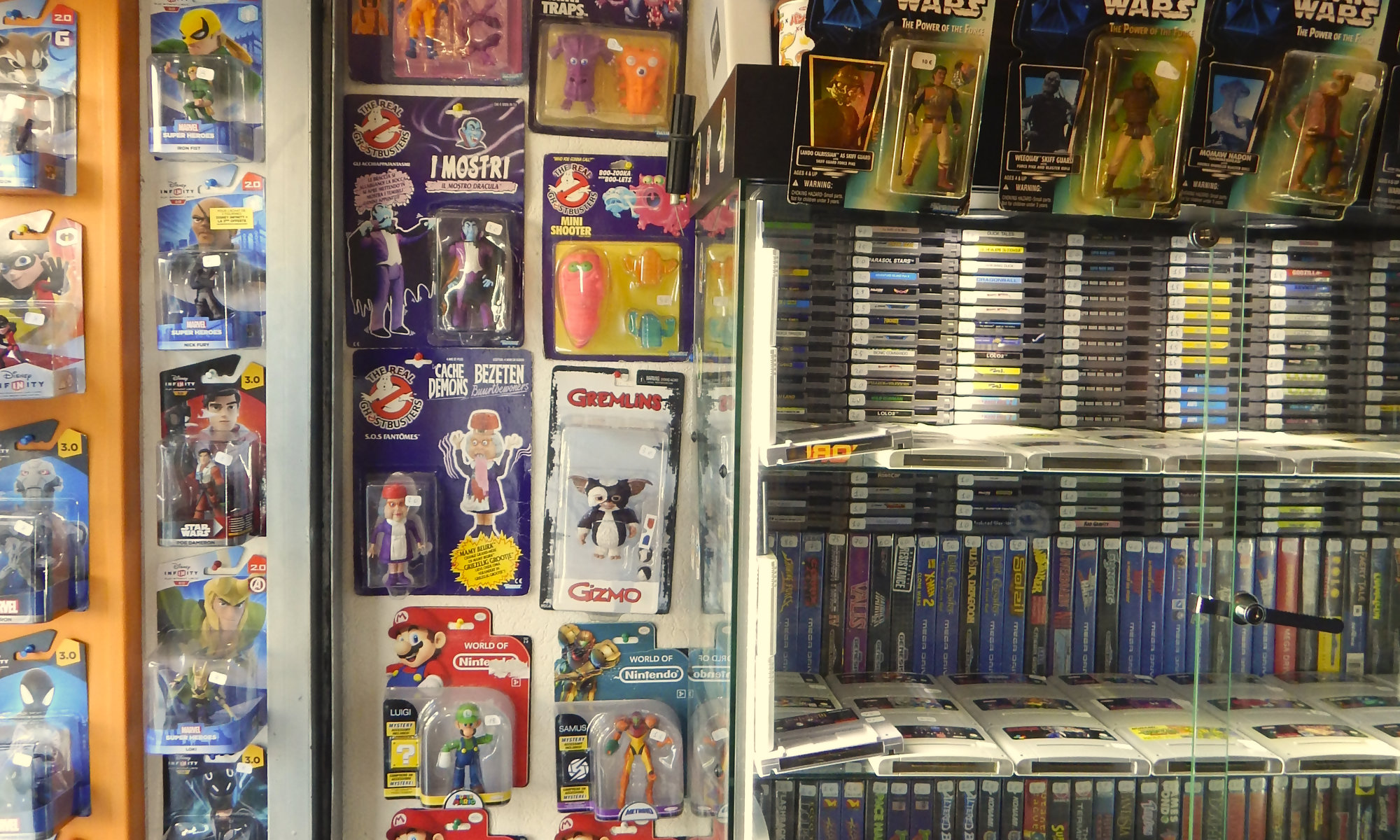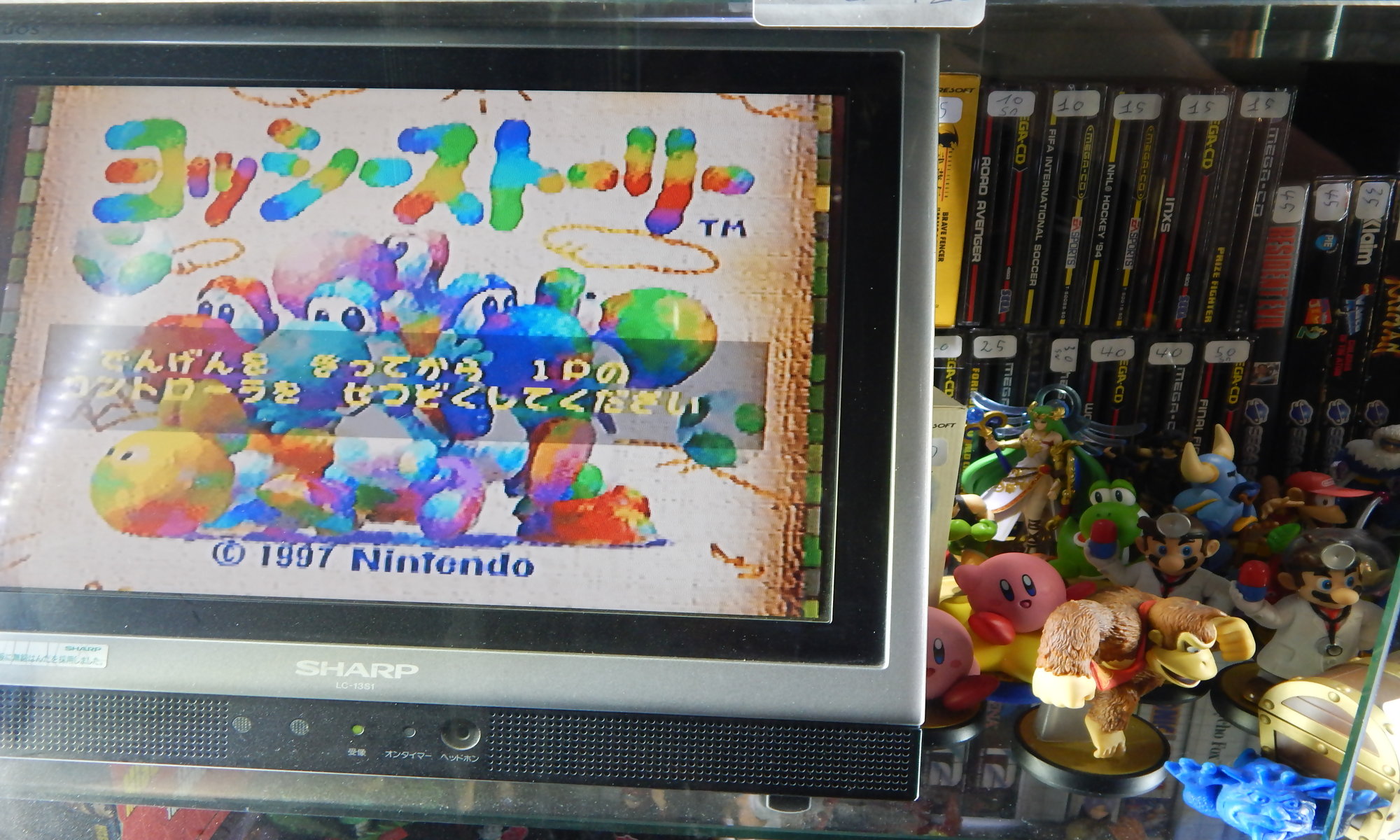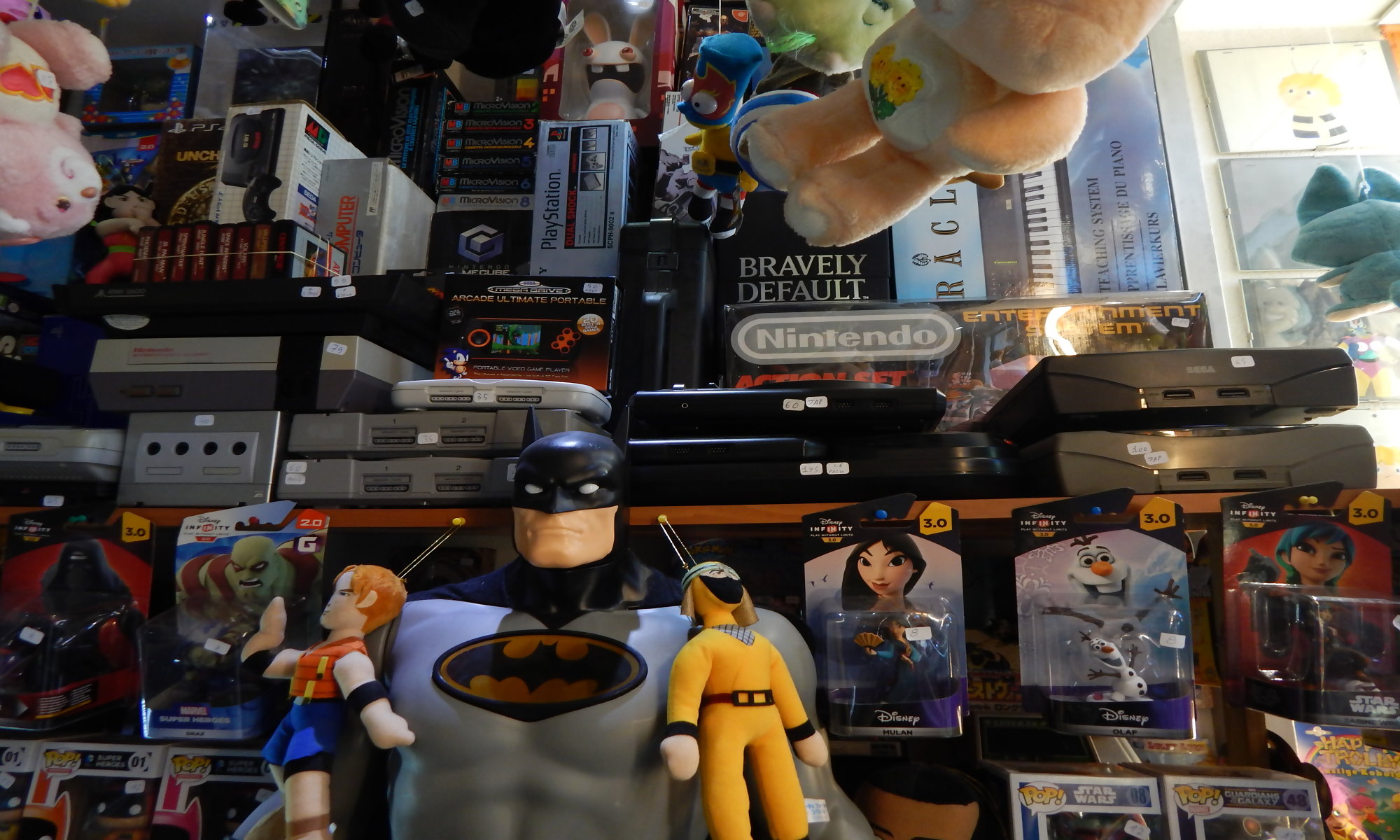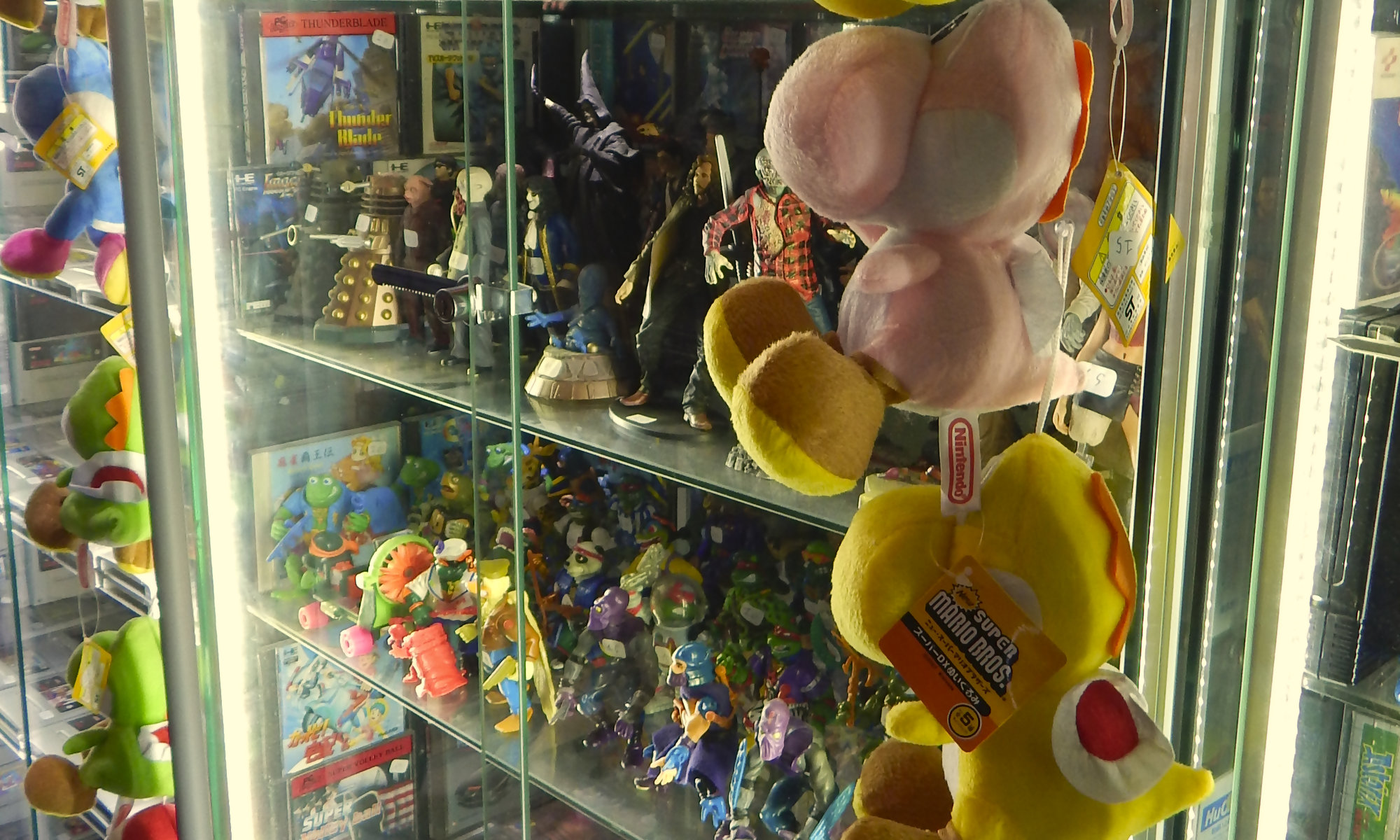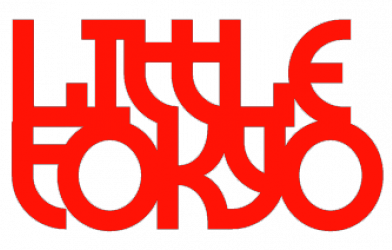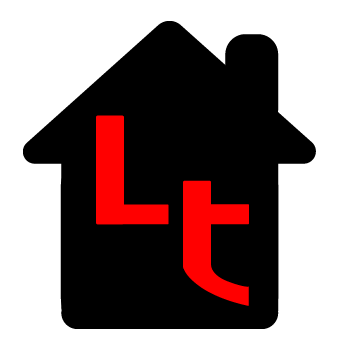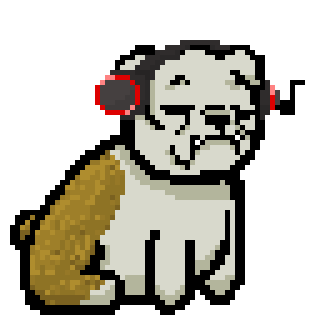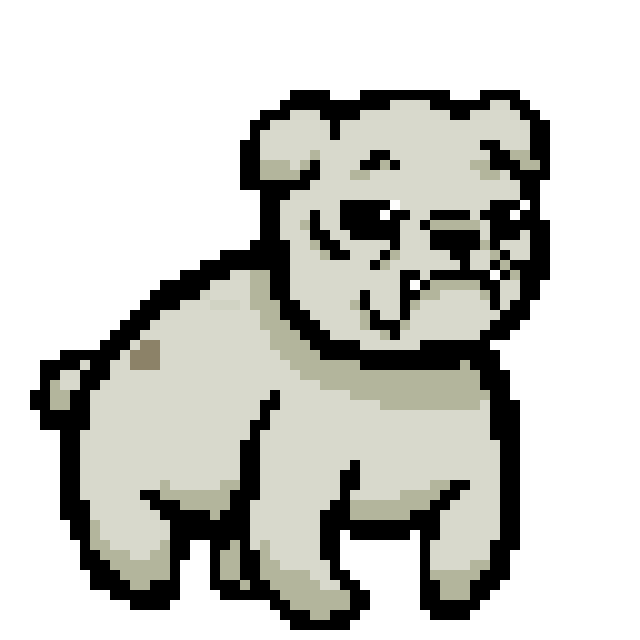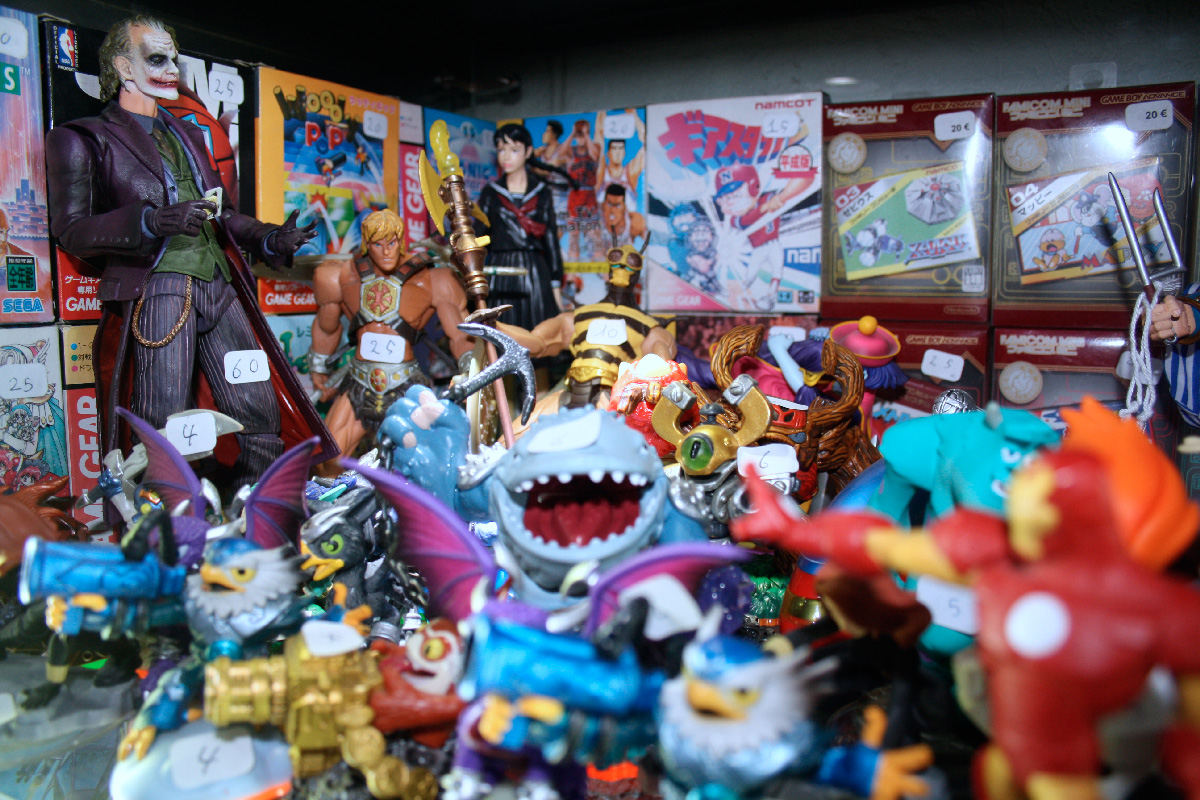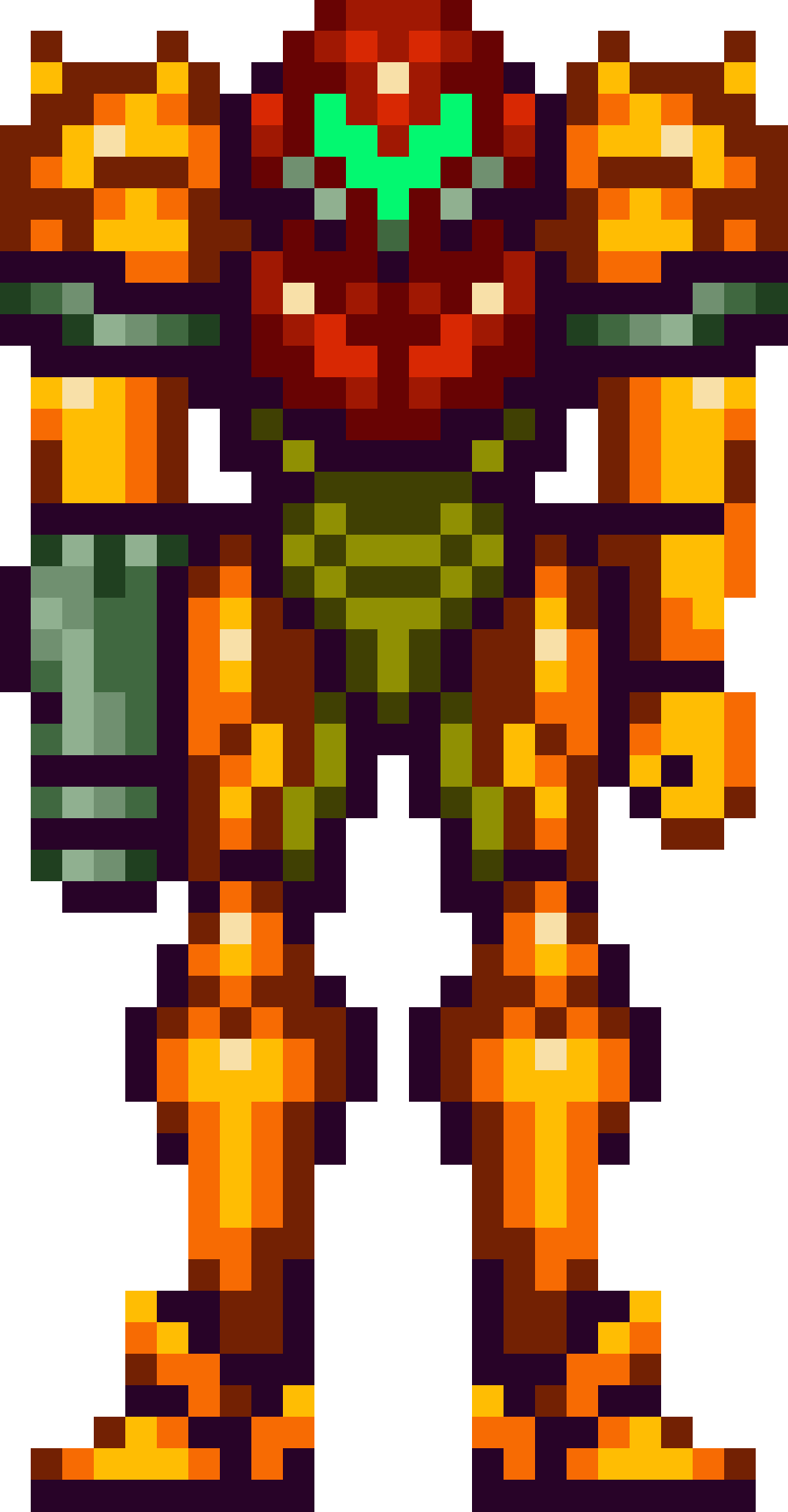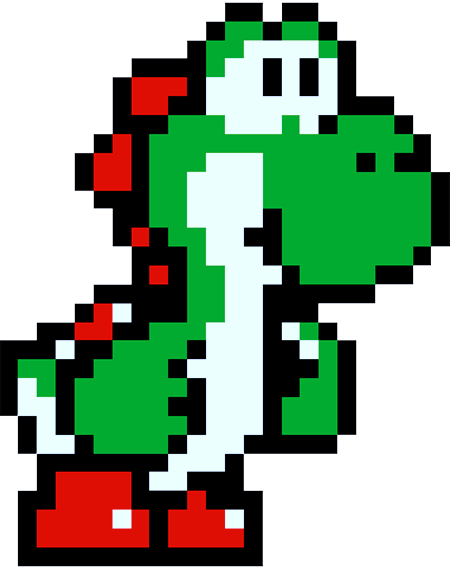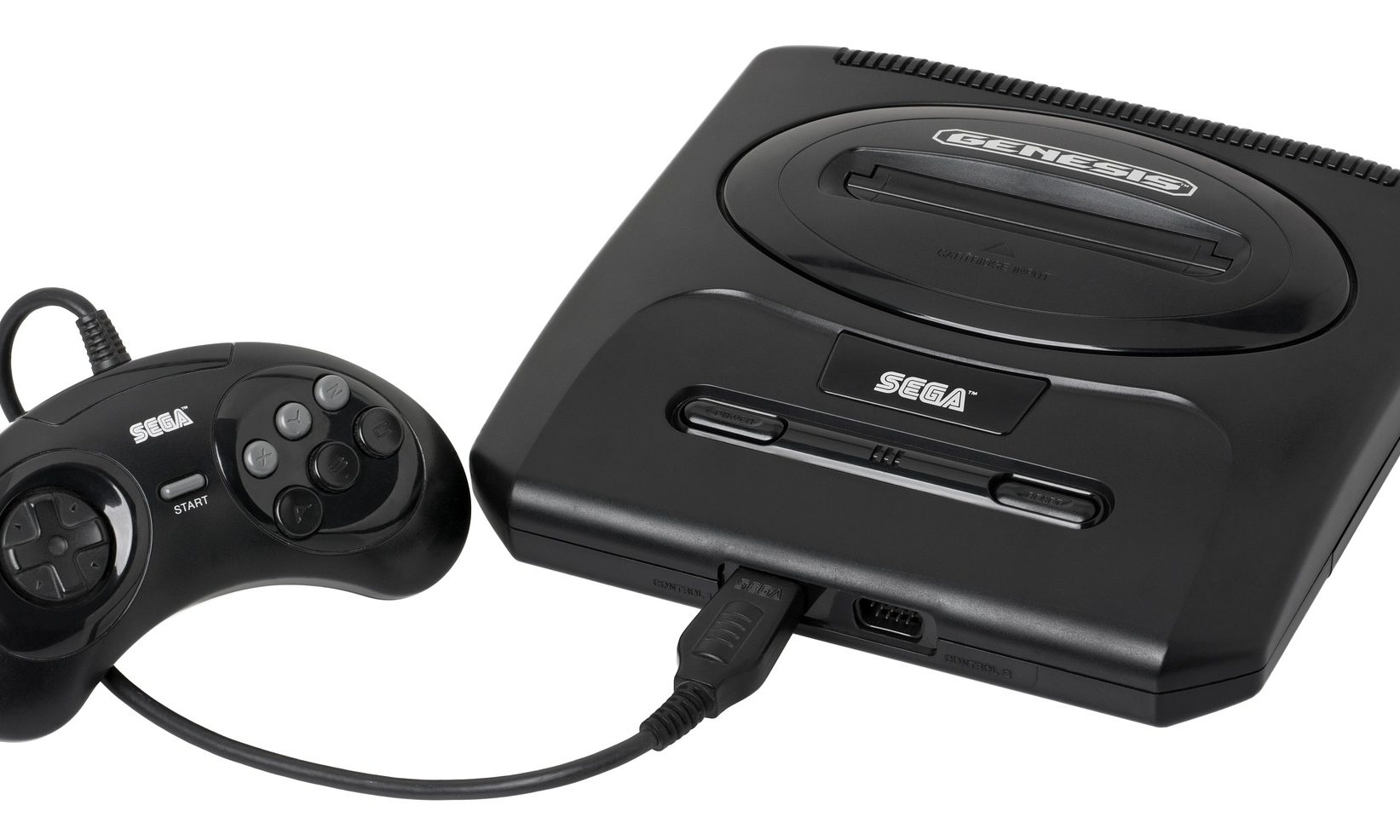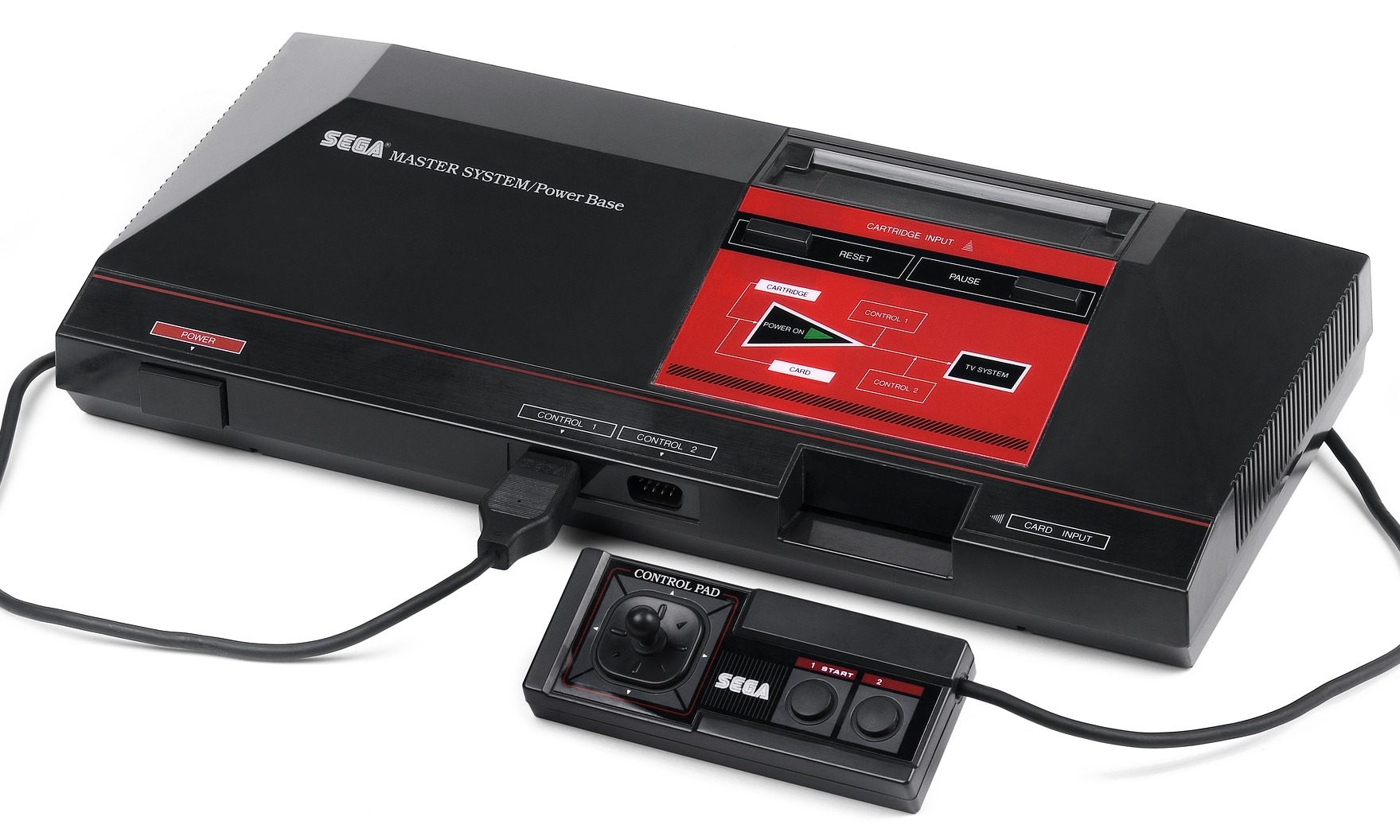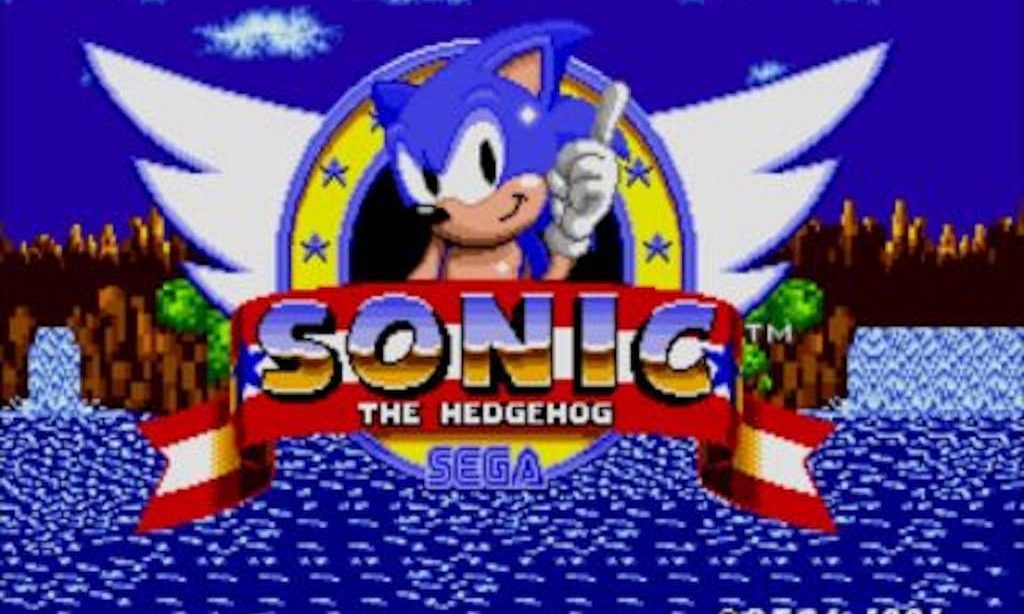History of retrogaming : Sega
“Sega : Welcome to the next level”
« Service Games » and the birth of Sega
Sega was born in 1965 after the fusion of “Service Games“, led by Raymond Lemaire and Richard Stewart, and “Rosen Enterprise“, created by U.S. Air Force officer David Rosen.
“Rosen Entreprise” was born in 1954 when Rosen launched his business of “Nifun Shashin” (literally “two minutes picture”) in Tokyo, a “quick photo booth” service that became very popular in Japan, where identity photos are often needed. In 1957, Rosen decided to extend his business to arcade, which he also imported into Japan, and in a few years, he became the undisputed arcade master in Japan with more than 200 arcades throughout the country. But in 1965 he was dissatisfied with the quality of the arcade machines he brought from Chicago, and therefore decided to produce his own machines. To do so, he merged with the company “Service Games”, whose activity consisted since 1951 in distracting American soldiers by importing from the USA slot machines and second-hand jukeboxes in American military bases. The name resulting from this fusion will be “Sega Enterprises“, “Sega” hint to the old business name, “Service games”. Why this contraction? Apparently, the Japanese employees had a hard time pronouncing Services games: So, Sega, was a lot easier.
First steps in the arcade and the « video game crash »
Sega’s activity only began in 1966 with its very first arcade game, “Periscope“, which became quite popular, especially in Japan. This was the beginning of a dazzling success in the arcade sector: In 1982, Sega’s revenues amounted to more than $214 million thanks to titles like Frogger, Zaxxon, Head On or Space Fury … But it was precisely from this year that a crisis appeared in the arcade industry, a crisis which was painful to Sega and in general, to the arcade industry.
The conversion towards the home console market
Suddenly, with the arcade game machine industry in the middle of a crisis, Sega tries its luck in the area of the home consoles, and on July 15 1983 the company releases the SG-1000 in Japan, exactly the same day as the release of the tremendous Famicom of Nintendo. Unfortunately the console will not have the expected success, because the Famicom has a more advanced hardware, other consoles such as the Colecovision or the Arcadia 2001 are already well established on the market, and also due to the terrible video game crash in 1983, which made the world (especially the Americans) very sceptical about home consoles. But Sega does not give up, and releases two years later the Master System, technically superior to the NES, but it fails once again against the dominance of Nintendo and its very aggressive promotion campaign in the Japanese and North American market. But the Master system is doing well in Europe, and even very well in Brazil, Australia and New Zealand. 1989 was the turn of the Mega Drive (called “Genesis” in the USA) to be brought out, in the midst of the console war and the anti-Nintendo campaign shouting “Genesis does what nintendon’t” : this was a great success, and the Mega Drive will become the best-selling home console of Sega with almost 40 million units sold all over the world.
The “Saturn” and the fall of Sega
But the two next Sega consoles will not meet the same success: the Saturn (released in 1995 in Europe) was difficult to program and lacked serious support from third party developers, so even though there was some good games, the console lacked the so-called “unavoidable” titles, the “killer-games”. The next console, the Dreamcast (released in 1999 in Europe), faced the same issue: there was not enough cooperation with serious third-party publishers (like Squaresoft for example, which totally refused to develop games for the Dreamcast), so as result, there was not enough “essential games”… which is a little bit unfair to say, because there WERE some very good games on the system, like the tremendous Jet Set radio series for example. However, in this ruthless war against Sony, Nintendo, and even then Microsoft, it is unfortunately the survival of the fittest, whether there is a fan base behind or not. In 2001 (2002 in Europe), the console is no longer produced and Sega will definitely withdraw it from the home console market.
Third party development, the new horizon
Nonetheless, Sega did not say his last word: even if it drew a line under console production, Sega becomes a third party video game developer, a crucial role that the firm still performs today with great success, with legendary titles like Yakuza, Super Monkey Ball or Football Manager, which will come out on all kinds of platforms and consoles. Sega will even collaborate with its oldest enemy, Nintendo, by developing the “Mario and Sonic at the Olympics” series. And it’s mostly on the path to arcade that Sega will progress, if Sega’s adventure in the home console area has not been a total success, Sega is the indisputable master of the arcade with over 500 produced games on 70 franchises on more than 20 different arcade systems.

1
When you play Sonic the Hedgehog 3 on Mega Drive, stretch your ear and listen well to the music: your sharpened senses will most likely notice the very distinctive artistic paw of Michael Jackson, who has agreed to record some of the game’s music.
2
Sonic is blue because it is a colour representing peace, Sonic being a nice character helping animals in distress in the various opuses of the series. Sega also wanted to make Sonic his mascot, which is why the company chose the blue colour of the character for his logo.
3
Before Sonic, many other mascots were designed, including a particularly ridiculous one called “Feel the Rabbit“, a sort of big rabbit using his ears to pick up objects and throw them at his enemies. This design did not fly as the mascot of the Sega brand, but it was still taken to later create “Ristar” the hero of another Sega game.
4
Sega invented the very first video game evaluation system that warns players of possible shocking content that can offend young people (violence, drugs, sex, etc.). This system was called the « Videogame Rating Council (V.R.C.) ». It has now been replaced by the “Entertainment Software Rating Board” (ESRB).

